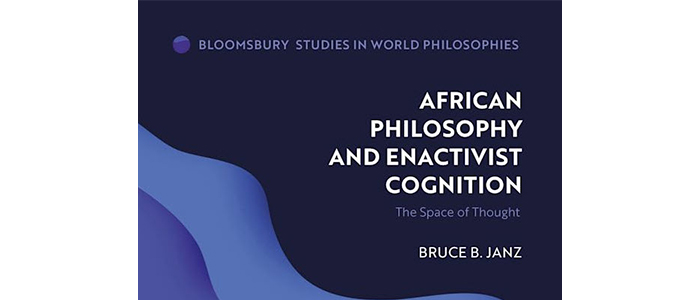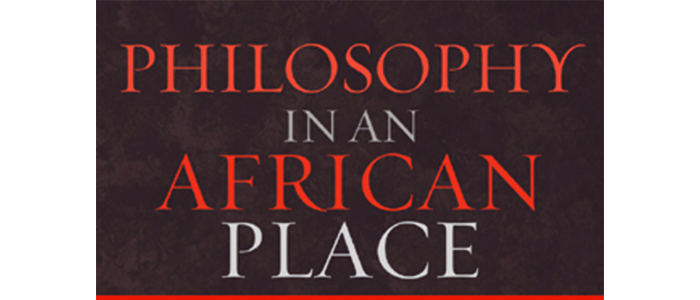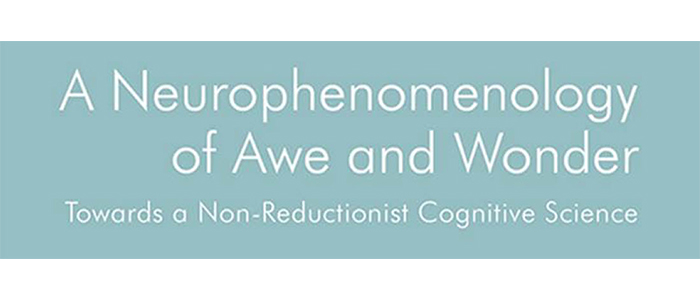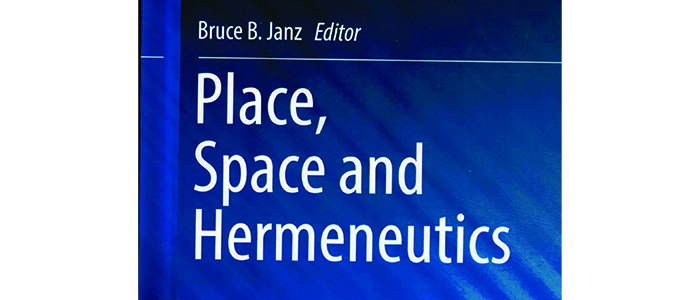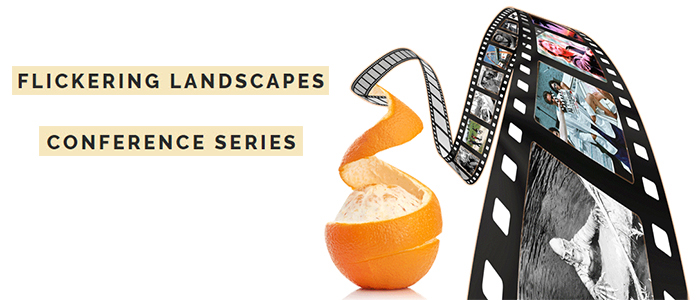Websites
- Imaging Identity and Place Education Kit
- Space, Place, and the Virtual University.
- Understanding Place – Thoughts for a high school class
On-line Bibliographies and Search Engines
- The Educator’s Reference Desk – Educational resources search engine
General Bibliography
Bauch, Patricia. “School-Community Partnerships in Rural Schools: Leadership, Renewal, and a Sense of Place.” http://www.cybertext.net.au/civicsweb/Patricia%20Bauch.htm
Black, David W. “Pedagogical Places” in Black, David, Donald Kunze, John Pickles, eds. Commonplaces: Essays on the Nature of Place. Lanham: University Press of America, 1989: 55-65.
Cameron, John. “Educating for Place Responsiveness: An Australian Perspective on Ethical Practice.” Ethics, Place, and Environment 6:2 (June 2003): 99-115.
Clarke, Julia; Harrison, Roger; Reeve, Fiona; Edwards, Richard. “Assembling Spaces: the question of ‘place’ in further education.” Discourse: Studies in the Cultural Politics of Education. 23:3 (December 2002): 285-297.
Cosco, Nilda and Robin Moore. “Playing in Place: Why the Physical Environment is Important in Playwork.” http://www.naturalearning.org/PlayingPaper.html
Curry, Michael R. “The fragmented individual and the future of academic life,” in Karen Till, Steven Hoelscher, and Paul Adams, eds., Place, meaning, and self: Essays in honor of Yi-Fu Tuan. Minnesota: University of Minnesota Press, 2001: 207-20. http://baja.sscnet.ucla.edu/~curry/Curry–Fragmented_Individual.pdf
Davidson, Ian. “Space, Place and Subversion in University Adult and Continuing Education.” The International Journal of Urban Labour and Leisure 2:2 http://www.ijull.org/vol2/2/000015.htm
Driscoll, Mary Erina. “A Sense of Place and Conant’s Legacy: Thoughts on Some Contemporary Reforms Connecting Schools and Their Communities.” http://pages.nyu.edu/~fmh1/driscoll.txt.htm
Driscoll, Mary Erina & Kerchner, Charles. “The implications of social capital for schools, communities and cities: Educational administration as if a sense of place mattered.” In J. Murphy & K. Louis ( Eds), Handbook of research on educational administration, 2nd Edition (San Francisco: Jossey Bass, 1999): 385-404.
Edwards, Richard; Clarke, Julia. “Flexible Learning, Spatiality and Identity.” Studies in Continuing Education 24:2 (November 2002): 153-165.
Edwards, Richard and Robin Usher. Space, Curriculum, and Learning. Information Age Publishing Inc., 2003.
Elbaz-Luwisch, Freema. “Immigrant Teachers: Stories of Self and Place.” http://construct.haifa.ac.il/~freemae/immigrant%20teachers%20rev.doc
Ellis, Julia. “The importance of attending to children and place.” International Journal of Educational Policy, Research and Practice 3:3 (2002): 69-88.
Furman, G. & Gruenewald, D. “Expanding the landscape of social justice: A critical ecological analysis.” Educational Administration Quarterly 40:1 (2004): 49-78.
Glasman, N. S. & R. L. Crowson. “Reexamining Relations and a Sense of Place Between Schools and Their Constituents: Editors’ Introduction.” Peabody Journal of Education 76:2 (April 2002): 1-8.
Goodson, Ivor F., Michele Knobel, Colin Lankshear, J. Marshall Mangan. Cyber Spaces/Social Spaces: Culture Clash in Computerized Classrooms. Palgrave Press, 2002.
Gruenewald, D. “At home with the “Other”: Reclaiming the ecological roots of development and literacy.” Journal of Environmental Education 35:1 (2003): 33-43.
Gruenewald, D. “The best of both worlds: A critical pedagogy of place.” Educational Researcher 32:4 (2003): 3-12.
Gruenewald, D. “Foundations of place: A multidisciplinary framework for place-conscious education.” American Educational Research Journal 40:3 (2003): 619-654.
Gruenewald, D. “Teaching and learning with Thoreau: Honoring critique, experimentation, wholeness, and the places where we live.” Harvard Educational Review 72:4 (2002): 515-541.
Haluza-DeLay, Randolph. Developing Compassionate Sense of Place: Experience and Pedagogy in the Creation of Social and Environmental Conscientization. Dissertation abstract. http://pages.nyu.edu/~fmh1/driscoll.txt.htm Proposal: http://csopconsulting.tripod.com/disspres/
Horvat, Erin McNamara & Kathleen M. Shaw. “Redefining Campus: Urban Universities and the Idea of Place.” in J. Douglas Toma, Adrianna J. Kezar. Reconceptualizing the Collegiate Ideal: New Directions for Higher Education. Jossey-Bass, 1999.
Howley, Craig B., Hobart L. Harmon, and Gregory D. Leopold. “Rural Scholars or Bright Rednecks? Aspirations for a Sense of Place Among Rural Youth in Appalachia.” Journal of Research in Rural Education 12:3 (Winter 1996): 150-160. http://www.ael.org/rel/rural/pdf/howley2.pdf
Hyun, Kyungmi & Susan Strauss. “”Place”: Classrooms and Cyberspace–A Discourse Analysis of How Place Shapes Interaction and Learning.” http://www.edst.educ.ubc.ca/aerc/2001/2001hyun.htm
Jamieson P.; Fisher K.; Gilding T.; Taylor P. G.; Trevitt A.C.F. “Place and Space in the Design of New Learning Environments.” Higher Education Research & Development 19:2 (1 July 2000): 221-236. http://www1.oecd.org/els/pdfs/EDSPEBDOCA027.pdf
Kincheloe, J., & Pinar, W., eds. Curriculum as social analysis: The significance of place. Abany, NY: SUNY Press, 1991.
Loynes, Chris. “A Sense of Place: Matters of space, mind and persohood .” http://www.funzionegamma.edu/magazine/settimonumero/inglese/loynes.htm
Morgan, John. “Critical Pedagogy: the spaces that make the difference.” Pedagogy, Culture and Society 8:3 (2000): 273-289. http://www.triangle.co.uk/pdf/viewpdf.asp?j=cus&vol=8&issue=3&year=2000&article=Morgan_PCSO_8_3&id=205.206.78.195
Paechter, Carrie, Richard Edwards, Roger Harrison, Peter Twining. Learning, Space and Identity. Sage Publications, 2001.
Robinson, Paulette. Within the Matrix: A Hermeneutic Phenomenological Investigation of Student Experiences in Web Based Conference. PhD Dissertation, Towson University. http://www.towson.edu/~probinso/Dissertation/
Roy, Kaustuv. Teachers in Nomadic Spaces: Deleuze and Curriculum. Peter Lang, 2003.
Scahill, John. “Meaning Construction and Habitus.” http://www.ed.uiuc.edu/EPS/PES-yearbook/93_docs/SCAHILL.HTM
Schutz, Aaron. “The Metaphor of “Space” in Educational Theory: Henry Giroux Through the Eyes of Hannah Arendt and Michel Foucault.” http://www.ed.uiuc.edu/EPS/PES-Yearbook/97_docs/schutz.html
Response: Popen, Shari. “The Power of Maps.” http://www.ed.uiuc.edu/EPS/PES-Yearbook/97_docs/popen.html
Shin, Un-chol. “A Journey from Place to Space in the Humanities.” Journal of Aesthetic Education 32:1 (1998): 84-88.
Sinclaire, C. Looking for Home: a Phenomenological Study of Home in the Classroom. Albany, NY: SUNY Press, 1994.
Spencer, Christopher. “Children and Places: Environmental Psychology and Its Relevance for Education” http://www.ncue.edu.tw/~educat/thesis/file/201_en.htm
Streibel, Michael J. “The Importance of Physical Place and Lived Topographies.” In: Proceedings of Selected Research and Development Presentations at the National Convention of the Association for Educational Communications and Technology (AECT) Sponsored by the Research and Theory Division (20th, St. Louis, MO, February 18-22, 1998.
Ulveland, Randall Dana. “Educational Dwelling.” Journal of Thought 32:4 (1997): 7-22.
Usher, Rovin. “Putting Space Back On The Map: Globalisation, Place, and Identity.” Educational Philosophy and Theory 34:1 (2002): 41-55.
Wilson, Arthur L. “Place Matters: Producing Power and Identity.” http://www.edst.educ.ubc.ca/aerc/2000/wilsona1-final.PDF
Woodhouse, Janice L. and Clifford E. Knapp. “Place-Based Curriculum and Instruction: Outdoor and Environmental Education Approaches.” http://www.ael.org/eric/digests/edorc006.htm
